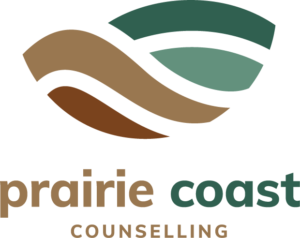What Is Anti-Oppressive Practice (AOP)?
Anti-oppressive practice (AOP) is an approach that originated in social work but has since made its way into therapy and other mental health spaces. At its heart, AOP is about social justice. It looks at how systems of oppression—like racism, colonialism, sexism, homophobia, ableism, and classism—show up in people’s lives and even in the therapy room itself.
This perspective draws from movements like anti-racism, Indigenous rights, feminist theory, queer liberation, decolonization, disability justice, and others. In a country as diverse as Canada, with a complex colonial history and wide social disparities, this kind of lens is essential in supporting people’s mental health in a meaningful and respectful way.
So What Does This Look Like in Therapy?
A therapist who practices anti-oppressive therapy isn’t just focused on symptoms or diagnosis. They’re also paying attention to context. This includes things like:
- Your social location (gender, race, sexuality, religion, class, disability, immigration status, etc.) and how they differ from those of the therapist’s identities
- How systems—like education, healthcare, housing, and policing—impact your well-being
- The role of culture, community, and identity in shaping your lived experience
They’ll also be doing this self-reflective work themselves. An anti-oppressive therapist takes a hard look at their own biases, privileges, and social identities, and considers how these things might affect the therapeutic relationship. This kind of therapist aims to make therapy feel less like a hierarchy and more like a partnership—you’re not just a passive client receiving advice, you’re an active participant in your own healing.
Busting Myths About AOP
There are a few common misconceptions about anti-oppressive therapy. One is that it “over-emphasizes” identity or makes assumptions about people based on their background. Another is that it dismisses individual mental health struggles and blames everything on “the system.”
In reality, AOP is all about balance. A therapist may work with five different queer clients, for example, and understand that each person’s experience of queerness is unique. They might explore how larger social forces impact your anxiety or depression, without ignoring what’s going on inside you, too.
In fact, a lot of AOP is about not making assumptions—and being open, curious, and flexible.
Redefining the Therapist–Client Relationship
Many people think of therapy as a top-down relationship: the therapist knows best, and the client just follows their lead. But in anti-oppressive therapy, the goal is to reduce this power imbalance as much as possible.
That could look like:
- Giving you space to say “no” or speak up about what isn’t working
- Including you in decisions about your treatment plan
- Recognizing when a therapist’s identity (for example, a white therapist working with an Indigenous client) could impact the dynamic
Supporting you in navigating institutions that gatekeep access to care—like needing a letter for gender-affirming surgery.
What Should You Look for in an AOP Therapist?
Not every therapist who takes an anti-oppressive approach will label themselves that way—but many do. If you’re interested in working with someone through this lens, don’t hesitate to ask questions like:
- How do you integrate social justice into your work?
- What experience do you have working with people from [insert your identity/background]?
- Are you comfortable talking about things like systemic oppression, privilege, and discrimination?
You deserve care that sees your whole self—not just your symptoms. Whether you’re navigating trauma, burnout, identity exploration, or relationships, working with a therapist who uses an anti-oppressive lens can make therapy feel more validating, safe, and grounded in your reality.
Final Thoughts
In Canada, where diversity is often celebrated but inequality still persists, anti-oppressive therapy offers a path forward—one that honours your story and your social context. If that sounds like what you’re looking for, it’s absolutely okay to prioritize that when seeking care.
After all, healing doesn’t happen in a vacuum. And neither should therapy.
Contact us today for a free 20 minute consultation to see if working with a therapist who practices from an AOP stance is a good fit for you!

